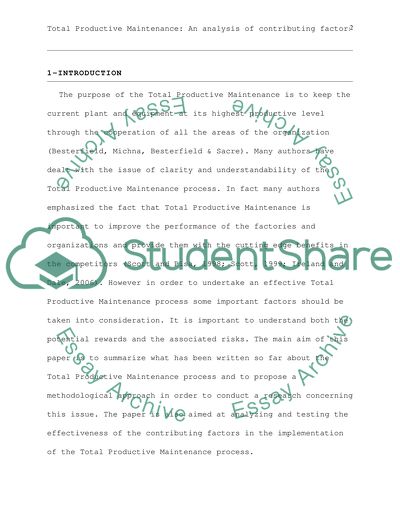Cite this document
(“Total Productive Maintenance Essay Example | Topics and Well Written Essays - 2500 words”, n.d.)
Total Productive Maintenance Essay Example | Topics and Well Written Essays - 2500 words. Retrieved from https://studentshare.org/miscellaneous/1527136-total-productive-maintenance
Total Productive Maintenance Essay Example | Topics and Well Written Essays - 2500 words. Retrieved from https://studentshare.org/miscellaneous/1527136-total-productive-maintenance
(Total Productive Maintenance Essay Example | Topics and Well Written Essays - 2500 Words)
Total Productive Maintenance Essay Example | Topics and Well Written Essays - 2500 Words. https://studentshare.org/miscellaneous/1527136-total-productive-maintenance.
Total Productive Maintenance Essay Example | Topics and Well Written Essays - 2500 Words. https://studentshare.org/miscellaneous/1527136-total-productive-maintenance.
“Total Productive Maintenance Essay Example | Topics and Well Written Essays - 2500 Words”, n.d. https://studentshare.org/miscellaneous/1527136-total-productive-maintenance.


